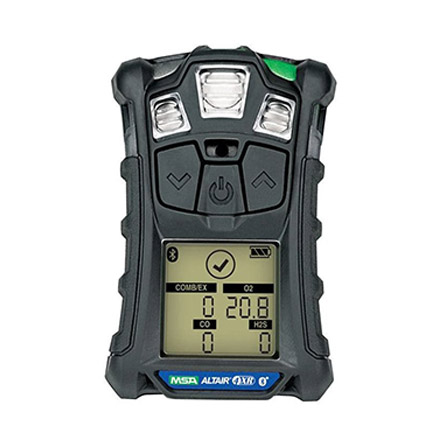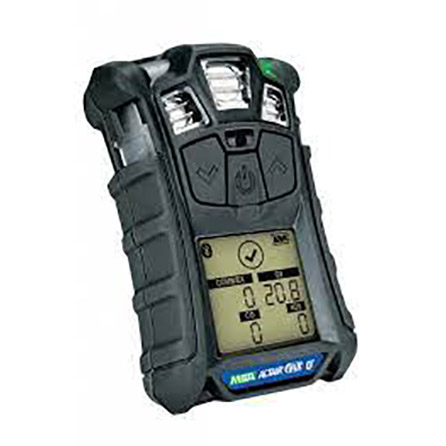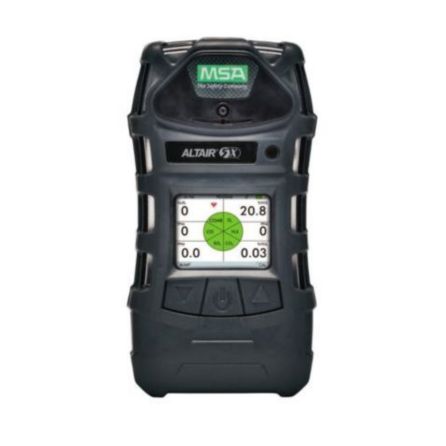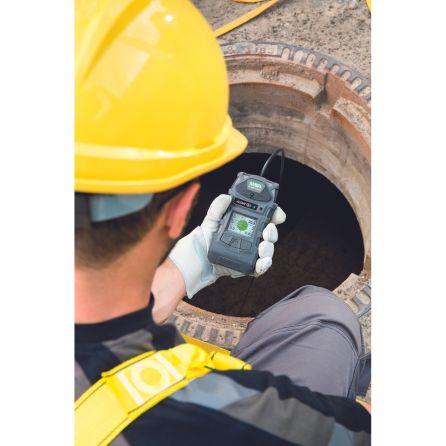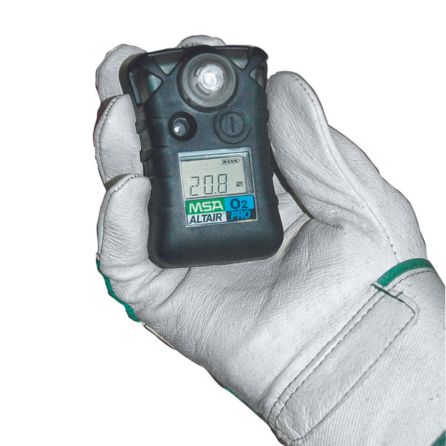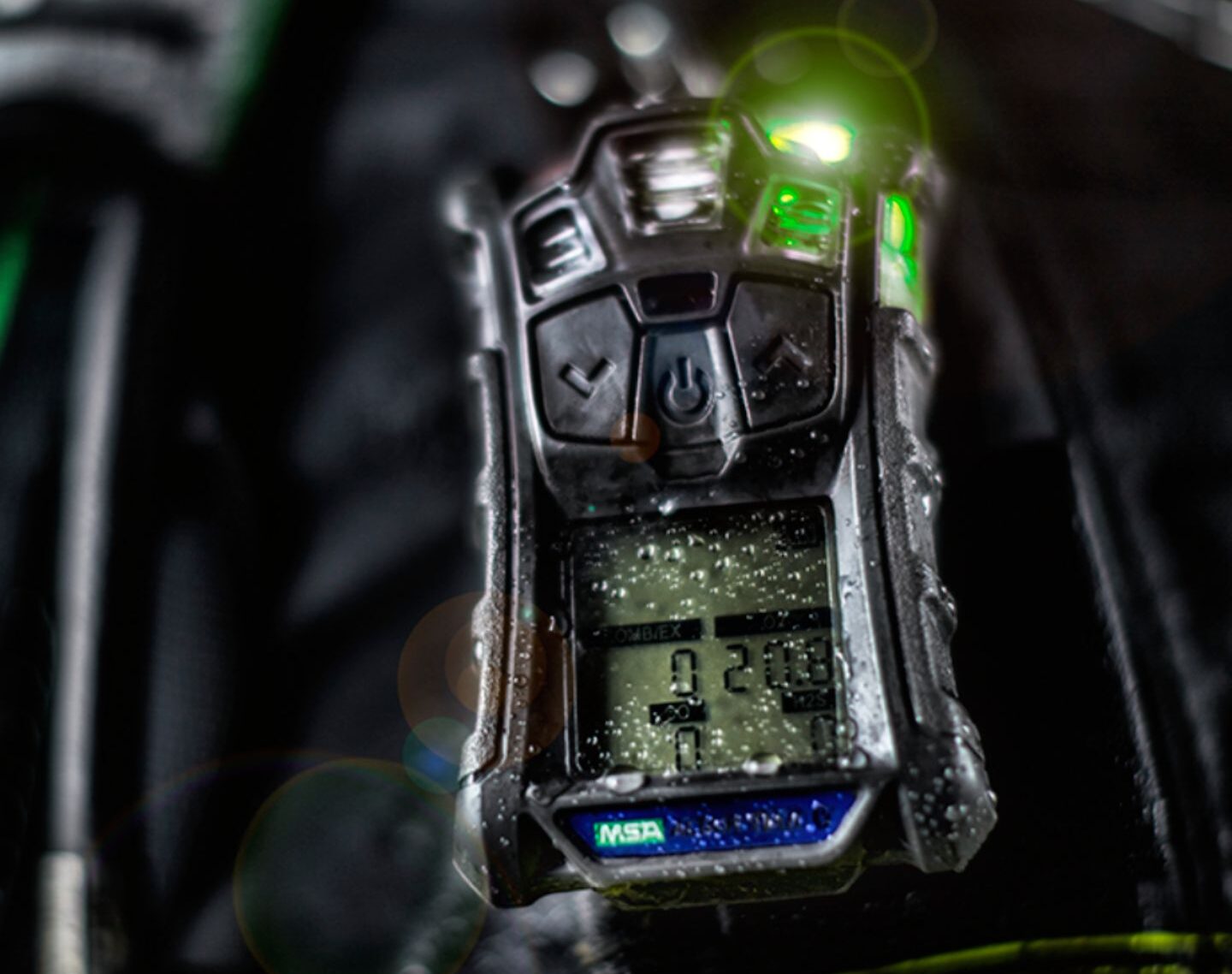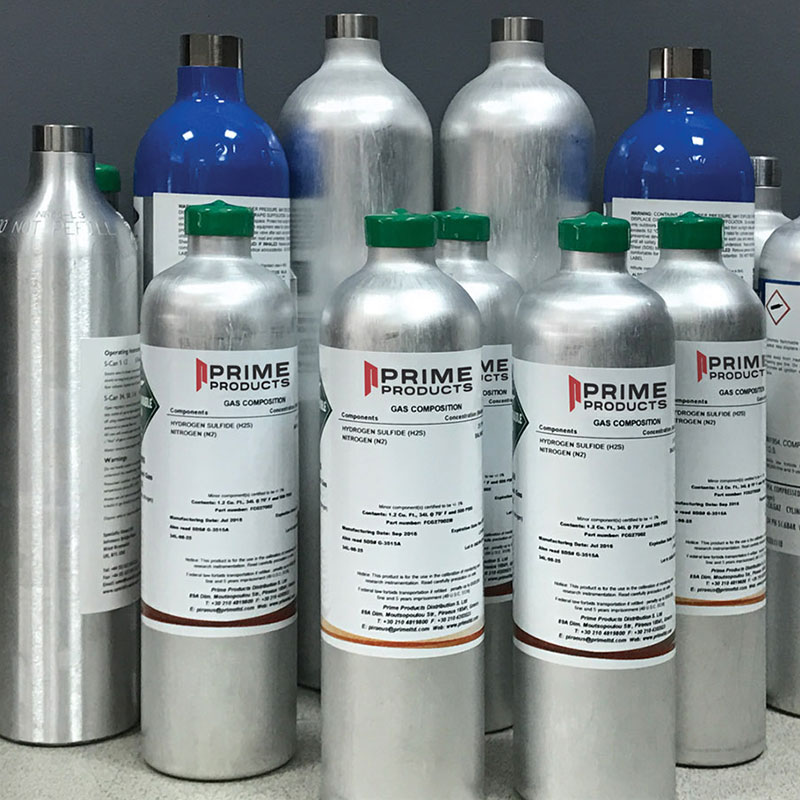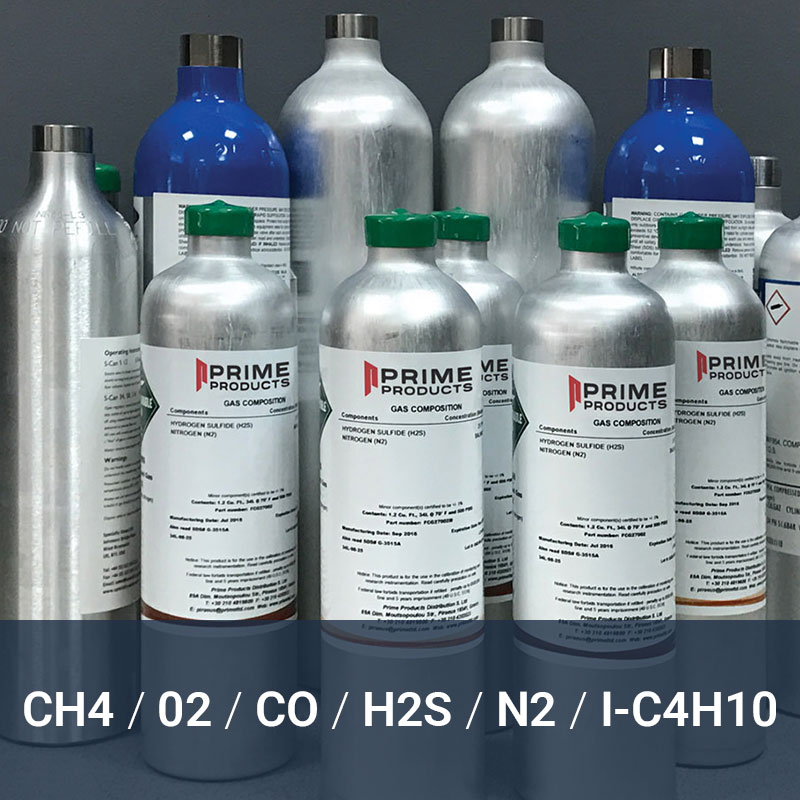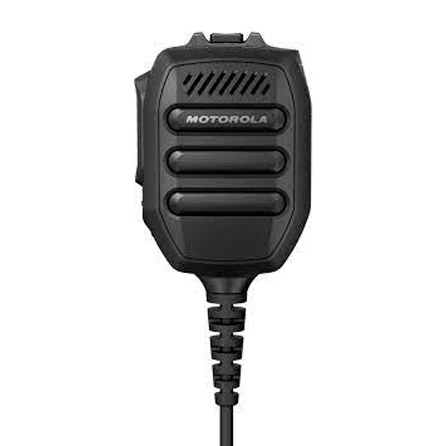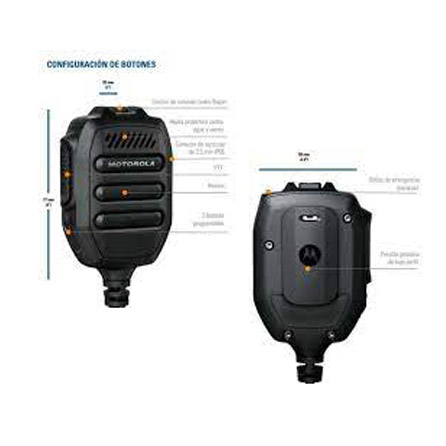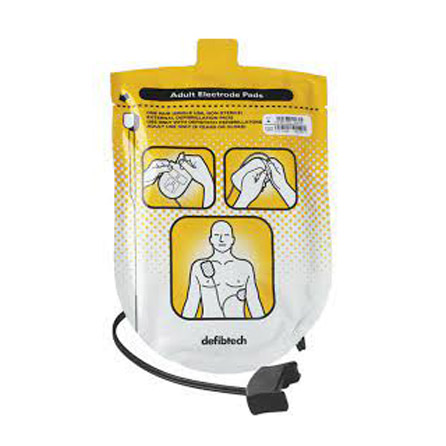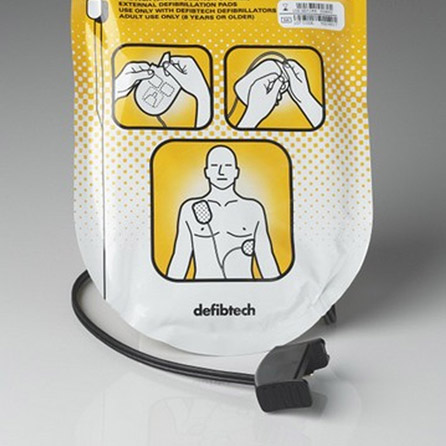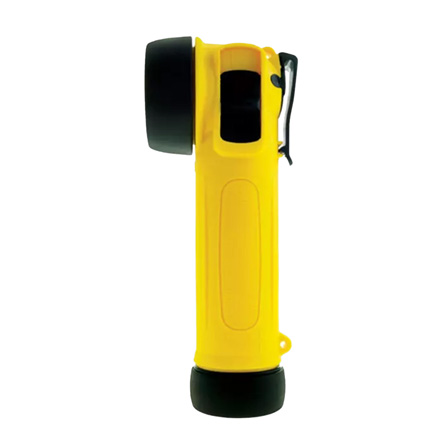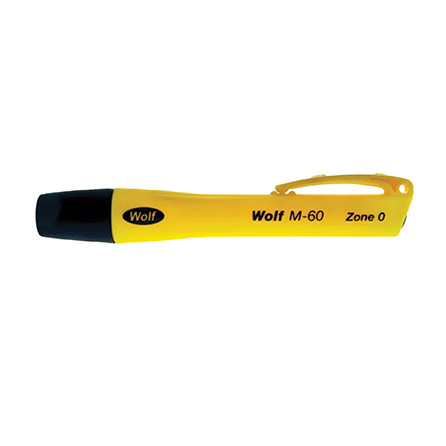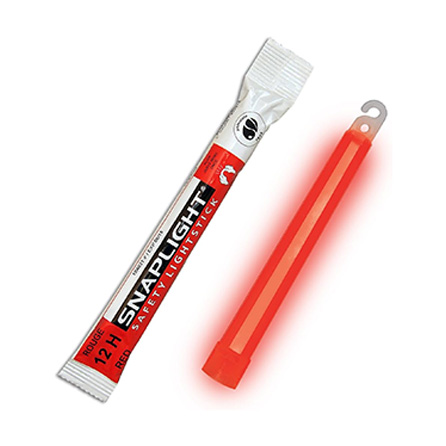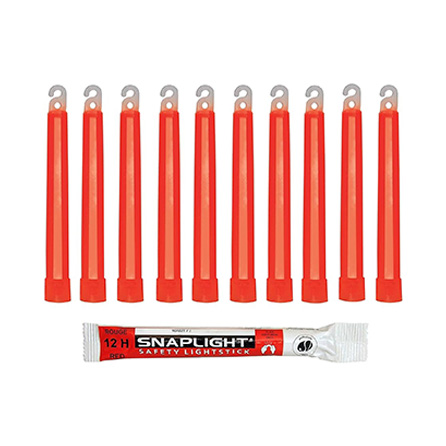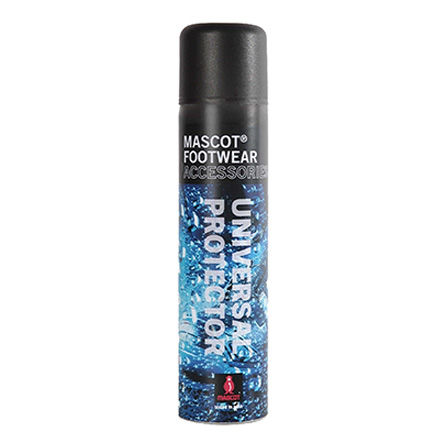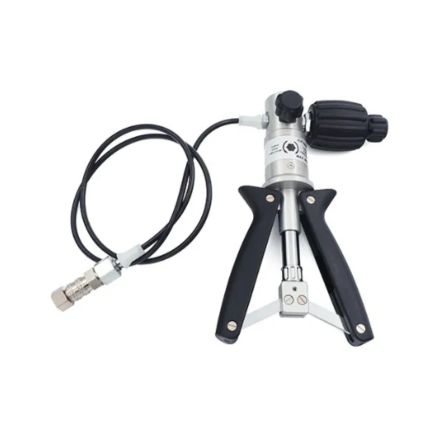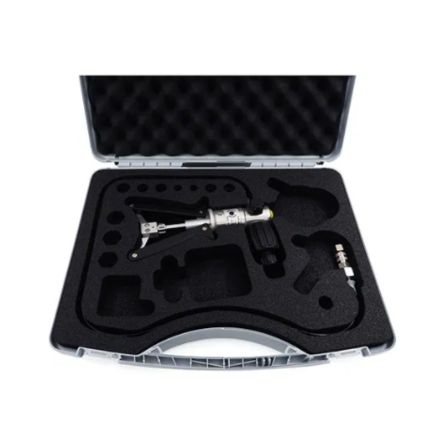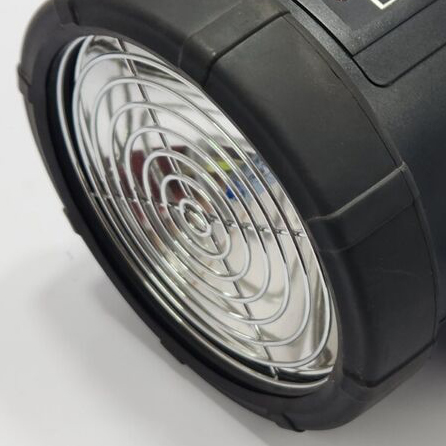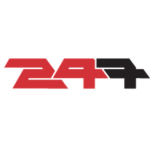Firefighter Gear Gets an Upgrade: New Standard Explained.
Fighting fires at sea demands the right equipment to handle any blaze, whether it starts on an open deck or in an engine room. Proper firefighting tools are crucial for saving both the crew and the ship.
What's the Story Behind the Standard?
The EN 469 standard has been around for years, ensuring firefighter clothing meets specific performance requirements. But fire gear technology keeps evolving, and the new 2020 revision reflects that. This update is the result of collaboration between firefighters, manufacturers, and safety experts, all working together to ensure the best possible protection for those who bravely battle blazes.
Port State Control View
Maritime inspections often reveal that vessels fail to meet Maritime Labour Convention (MLC) standards due to inadequate firefighting suits for enclosed spaces. These inspections highlight that standard maritime firefighting gear, designed for open areas, lacks necessary heat protection for enclosed fires.
Firefighter Clothing Standards
Firefighter clothing in Europe adheres to the EN 469 standard, which ensures firefighters have the right gear for diverse fire situations.
Before 2020 (EN 469:2005)
Fire suits were classified into two levels based on four factors:
• Heat Resistance (Xf or Xr): Rated for convective and radiant heat.
• Water Penetration (Y): Measured water resistance of the suit material.
• Breathability (Z): Indicated how well the suit allowed sweat vapor to escape.
Level 1 Suits: Suitable for outdoor firefighting and support activities.
Level 2 Suits: Offer superior protection for enclosed spaces with higher fire risks, though a moisture barrier was not mandatory.
Updated Standard (EN 469:2020)
The 2020 revision simplifies the system, focusing on three key areas:
• Thermal Performance (X rating): Combines radiant and flame heat resistance for easier selection.
• Water Penetration Resistance (Y rating): Level 2 suits now mandatorily include a moisture barrier for improved protection.
• Breathability/Water Vapor Resistance (Z rating): Indicates sweat vapor permeability.
The new standard emphasizes a suit's ability to withstand heat.
Level 1 Suits: Still suitable for outdoor firefighting.
Level 2 Suits: Meet stricter thermal requirements for structural firefighting in enclosed spaces.
While the pictogram continues to display water resistance and breathability grades, thermal performance is now the primary classification factor for selecting firefighter clothing under EN 469:2020.
Recommended Actions
To ensure safety, operators should inspect the fire suits on board for condition and certification. They should also perform a risk assessment to verify if the fire suits are appropriate for potential fire fighting situations, such as on deck, in living quarters, or other enclosed areas
In Conclusion
The 2020 update to the EN 469 standard enhances maritime fire safety. Crews now have access to improved firefighting equipment for various shipboard environments, including open decks and engine rooms. The standard focuses on three key areas: heat protection, water resistance, and breathability, ensuring crew safety and comfort during firefighting.
